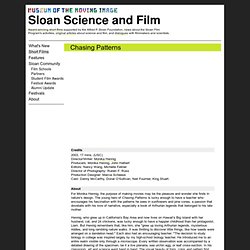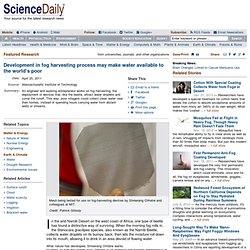

Great places: how livable streets make us happier humans. This post follows up on David Roberts’ series on “great places.”

I found out yesterday that one of my neighbors, a lady in her 70s, had been taken to the hospital with heart problems. Her middle-aged daughter, who lives with her, was the one who told me, when we met on the stretch of sidewalk between our two houses. We often stop to chat like this, trading news and gossip and small talk. I expressed my concern and asked if there was anything that I could do. The daughter thanked me, and said she would pass along my well-wishes.
So what does this have to do with the “great places” idea David Roberts began exploring a few weeks back? Here’s what: Great places have to be sustainable not just environmentally, but socially, too. A street not far from where I live, designed for humans — not cars.Photo: Steve Minor Those brief talks I had with my neighbors were typical — among dozens of similar interactions I have every week on my block and the streets around it.
Scientists crack the spiders' web code. Decorative white silk crosses are an ingenious tactic used by orb-weaving spiders to protect their webs from damage, a new study from the University of Melbourne has revealed.

The team, led by Dr Andre Walter and Professor Mark Elgar from the University of Melbourne's Department of Zoology, found that orb-weaving spiders respond to severe damage to their webs by building bigger silk crosses, but if the damage is mild they don't bother adding extra decoration. Professor Mark Elgar said web damage is costly for spiders as a lot of nutritional resources are required to rebuild a web.
"So they evolved this ingenious way to minimise unwanted damage," he said. "It's much like we mark glass windows with tape to prevent people walking into them," he said. The team collected a group of orb-weaving spiders and left them to build their webs in the laboratory. "Our study helps unravel this mystery," Professor Elgar said. Video - Breaking News Videos. Sloan Science and Film / Short Films / Chasing Patterns. For Monika Hennig, the purpose of making movies may be the pleasure and wonder she finds in nature's design.

The young hero of Chasing Patterns is lucky enough to have a teacher who encourages his fascination with the patterns he sees in sunflowers and pine cones, a passion that dovetails with his love of narrative, especially a book of Arthurian legends that belonged to his late mother. Hennig, who grew up in California's Bay Area and now lives on Hawaii's Big Island with her husband, cat, and 24 chickens, was lucky enough to have a happier childhood than her protagonist, Liam.
But Hennig remembers that, like him, she "grew up loving Arthurian legends, mysterious riddles, and long rambling nature walks. It was thrilling to discover little things, like how seeds were arranged on a dandelion head. " Each also had an encouraging teacher. Hennig intended to work in molecular biology, but she was captivated by the drama of National Geographic documentaries.
Head structures absorb shock: golden-fronted woodpecker. Evolution Evidence From Embryology. Development in fog harvesting process may make water available to the world’s poor. In the arid Namib Desert on the west coast of Africa, one type of beetle has found a distinctive way of surviving.

When the morning fog rolls in, the Stenocara gracilipes species, also known as the Namib Beetle, collects water droplets on its bumpy back, then lets the moisture roll down into its mouth, allowing it to drink in an area devoid of flowing water. What nature has developed, Shreerang Chhatre wants to refine, to help the world's poor. Chhatre is an engineer and aspiring entrepreneur at MIT who works on fog harvesting, the deployment of devices that, like the beetle, attract water droplets and corral the runoff. This way, poor villagers could collect clean water near their homes, instead of spending hours carrying water from distant wells or streams. Access to water is a pressing global issue: the World Health Organization and UNICEF estimate that nearly 900 million people worldwide live without safe drinking water.
Biomimetics. One cloudless midsummer day in February, Andrew Parker, an evolutionary biologist, knelt in the baking red sand of the Australian outback just south of Alice Springs and eased the right hind leg of a thorny devil into a dish of water.

The maneuver was not as risky as it sounds: Though covered with sharp spines, the lizard stood only about an inch high at the shoulder, and it looked up at Parker apprehensively, like a baby dinosaur that had lost its mother. It seemed too cute for its harsh surroundings, home to an alarmingly high percentage of the world's most venomous snakes, including the inland taipan, which can kill a hundred people with an ounce of its venom, and the desert death adder, whose name pretty well says it all. Fierce too is the landscape itself, where the wind hissing through the mulga trees feels like a blow dryer on max, and the sun seems three times its size in temperate climes. “Ah-ha!”